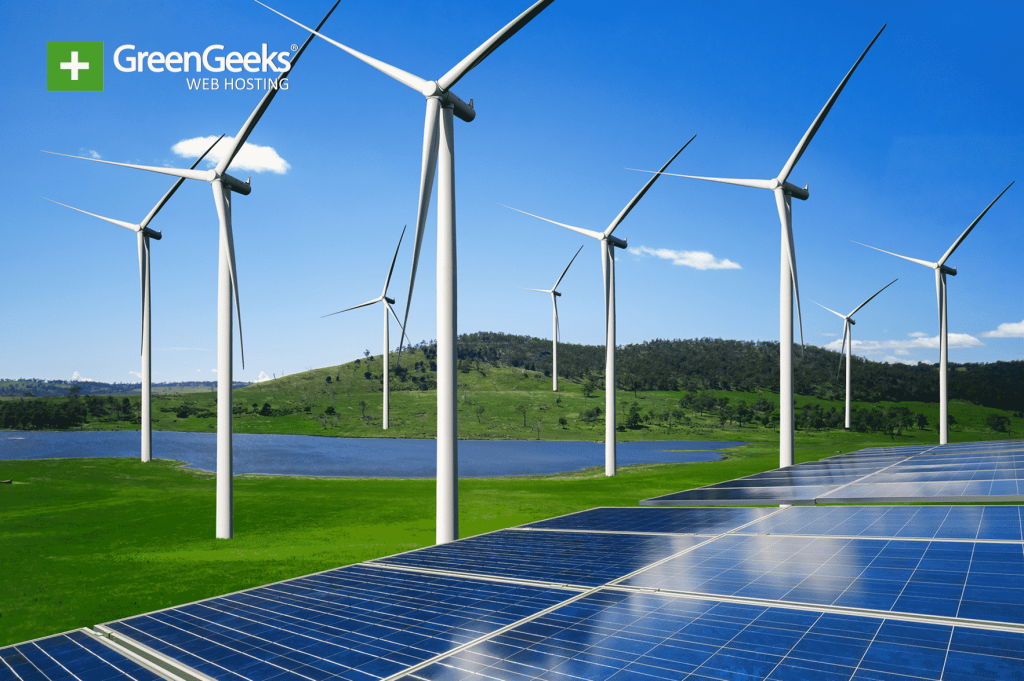Renewable Energy: Revolutionizing the Future of Power Generation
Introduction
In recent years, there has been a growing concern regarding the impact of traditional energy sources on our environment and health. As a result, the need for alternative and sustainable methods of power generation has become more pressing than ever. Renewable energy, also known as clean energy, is gaining popularity as an effective solution to address these concerns. In this article, we will explore renewable energy sources and their potential to revolutionize the future of power generation.
1. Solar Energy
Solar energy is one of the most abundant and widely available forms of renewable energy. It harnesses the power generated by sunlight through photovoltaic (PV) panels or concentrated solar power (CSP) systems. PV panels convert sunlight directly into electricity using semiconducting materials like silicon, while CSP systems concentrate sunlight to produce thermal heat that drives turbines to generate electricity.
Advantages:
– Solar energy is inexhaustible and does not deplete natural resources.
– It produces no greenhouse gas emissions during operation.
– Solar installations can be deployed on rooftops or in large-scale solar farms.
– With advancements in technology, solar panels are becoming more efficient and affordable.
Challenges:
– The availability of sunlight depends on geographic location and weather conditions.
– Initial installation costs can be high despite decreasing prices over time.
– Storage solutions for excess electricity need further development.
2. Wind Energy
Wind energy utilizes wind currents to generate mechanical power that can then be converted into electricity through wind turbines. These large structures consist of blades mounted on a rotor connected to a generator, which produces electrical current when rotated by wind force.
Advantages:
– Wind is an abundant resource globally, making wind farms viable in various locations.
– Wind turbines have relatively low operating costs once installed.
– They produce zero carbon dioxide emissions during operation.
Challenges:
– Suitable locations with consistent winds are required for optimal efficiency.
– Wind turbines may generate noise and visual pollution, impacting local communities.
– The intermittent nature of wind means that energy storage is necessary for consistent power supply.
3. Hydropower
Hydropower, commonly known as water power, harnesses the energy from flowing or falling water to generate electricity. It has a long history and remains one of the largest sources of renewable energy worldwide. Hydropower can be generated through dammed reservoirs, run-of-river systems, or tidal currents.
Advantages:
– Hydropower is a reliable source of electricity with high efficiency rates.
– Reservoirs created by dams provide additional benefits like flood control and irrigation.
– It produces no direct greenhouse gas emissions during operation.
Challenges:
– Large-scale hydropower projects can have significant environmental impacts on ecosystems and aquatic life.
– Suitable locations for dam construction are limited.
– Displacement of communities due to reservoir flooding can lead to social challenges.
4. Biomass Energy
Biomass energy utilizes organic matter such as agricultural waste, wood pellets, or dedicated energy crops to produce heat or electricity through combustion processes like direct burning or gasification. This form of renewable energy provides an alternative to fossil fuels while utilizing waste materials effectively.
Advantages:
– Biomass resources are widely available in many regions.
– Using biomass helps reduce landfill waste and associated methane emissions.
-Challenges:
– Carbon dioxide emissions are produced during the combustion process unless combined with carbon capture technologies.
– The collection and transportation of biomass feedstock may result in additional carbon emissions if not managed efficiently.
5. Geothermal Energy
Geothermal energy harnesses the heat stored within the Earth’s crust for heating spaces or generating electricity using geothermal power plants. This renewable resource relies on naturally occurring steam or hot water trapped beneath the surface.
Advantages:
– Geothermal resources are available globally but tend to be concentrated in specific areas rich in geological activity.
– Geothermal power plants have low operational costs once installed.
– It emits minimal greenhouse gases during operation.
Challenges:
– Suitable geothermal resources are limited to specific regions.
– Drilling deep into the Earth’s crust can be expensive and technically challenging.
– The release of hydrogen sulfide gas, a byproduct of geothermal energy production, can pose environmental and health risks if not properly managed.
Conclusion
Renewable energy offers a promising solution to address the environmental concerns associated with traditional power generation methods. Solar, wind, hydropower, biomass, and geothermal energy sources provide alternatives that are sustainable, abundant, and significantly reduce carbon emissions. However, each source presents its own unique advantages and challenges that need to be considered when implementing them on a larger scale. As technology advances and economies of scale improve, renewable energy has the potential to revolutionize our future power generation systems while ensuring a cleaner and more sustainable world for generations to come.
